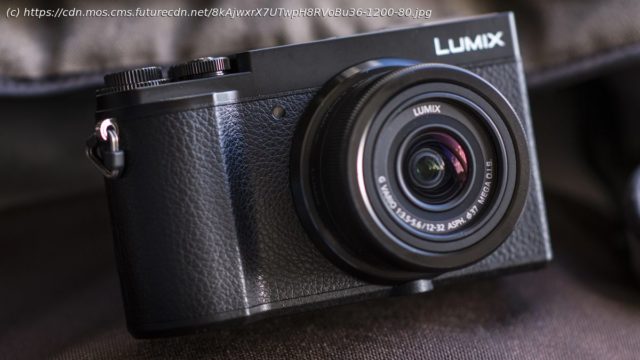Looking to kickstart your photography hobby? We’ve picked out all of the best mirrorless cameras for beginners.
Looking for the best mirrorless camera for beginners? We’ve tested the very best entry-level cameras on the market and have picked out our top choices in the list below. So whether you’re totally new to photography, upgrading from a compact or switching from a smartphone, this buying guide will help you find the perfect mirrorless camera to get started. It’s hard to ignore the camera technology on smartphones these days, but no matter how far they’ve come since camera phones first arrived on the market, using an interchangeable lens camera (ILC) allows you to take your creativity to the next level. The best entry-level mirrorless options offer skills superior to any mobile or point-and-shoot, while still being accessible enough for beginners – and pretty portable, too. They also feature large sensors, manual controls and the option of switching lenses to suit different styles of photography. Importantly, the latest entry-level mirrorless cameras actually come with some advanced features as well, so they’re great learning tools to help you grow and learn the art of photography. Most beginner mirrorless cameras come bundled with a ‘kit’ lens, designed to cover the most common shooting scenarios. That means you’ll normally get a zoom range of approximately 3x and enough flexibility to experiment with depth of field. And because entry-level models are usually compatible with a manufacturer’s complete catalogue of lenses, you’ll be able to expand your shooting setup once you’re more familiar with the format. Speaking of which, mirrorless cameras usually ship with either an APS-C or a slightly smaller Micro Four Thirds Sensor. Both represent a significant step up in resolution and image quality when compared to the small sensors found in a smartphone or compact camera, and the larger size means they also serve up superior low-light performance. The importance of other features will depend on your shooting style. Those looking to try out vlogging will welcome the excellent video specs of several cameras recommended below, while in-body image stabilization will be a useful addition for those looking to shoot hand-held. Not sure where to start? Consider an excellent all-rounder, like the Panasonic GX9. Our outright favorite mirrorless camera for beginners is the Fujifilm X-T200. Styled like a retro DSLR, it actually ships with a host of modern features, including a large articulating touchscreen, a powerful processor and a fantastic autofocus system. That said, there might be an entry-level mirrorless camera that’s better suited to your specific needs, skills and budget. Read through the list below and you’re sure to find an option that’s perfect for you. A pared-back version of the Fujifilm X-T30, the X-T200 makes for a much better entry-level camera than its predecessor. In fact, it’s better than the X-T100 in almost every way: it has more processing power, a substantially improved autofocus system and a larger, sharper 3.5-inch rear touchscreen. It’s also much nicer to hold while retaining that attractive and distinctive retro DSLR styling. Essentially a Fujifilm X-A7 (see below) with a viewfinder, it’s actually easier to use the X-T200’s screen for framing and focusing thanks to an awkwardly placed joystick. The only other downsides are that subject tracking is a bit hit and miss during continuous shooting and isn’t available for video. The considerable plus sides, though, include outstanding image quality and an easy-to-use setup that is ideal for new photographers. As it’s been out for a while, the X-T30 is now more affordable and offers specs that novices can grow into – but if you want Fujifilm’s best dedicated beginner camera, look no further. Despite its compact size, the Olympus OM-D E-M10 Mark IV packs in a huge amount of features for stills photographers. With an approachable button layout, a flip-down touchscreen plus Bluetooth and Wi-Fi connectivity, its a camera designed first and foremost to tempt smartphone users – but that doesn’t mean it under-delivers on image quality. A 20.3MP sensor serves up beautiful stills, with significantly better dynamic range than a compact or smartphone can offer. That’s supported by an outstanding five-axis in-body image stabilization system borrowed from the flagship E-M1 series, which keeps things sharp even when shooting hand-held or in low-light. The Mark IV can also capture impressive 4K video at 30fps, though the absence of a microphone input will limit its appeal to vloggers. All the same, the Mark IV represents a fantastic gateway for upgraders and enthusiasts, especially as it’s compatible with the vast catalogue of Micro Four Thirds lenses available. The Lumix GX9 from Panasonic represents excellent value for money.
Домой
United States
USA — software Best beginner mirrorless camera 2021: 10 budget options for new photographers






